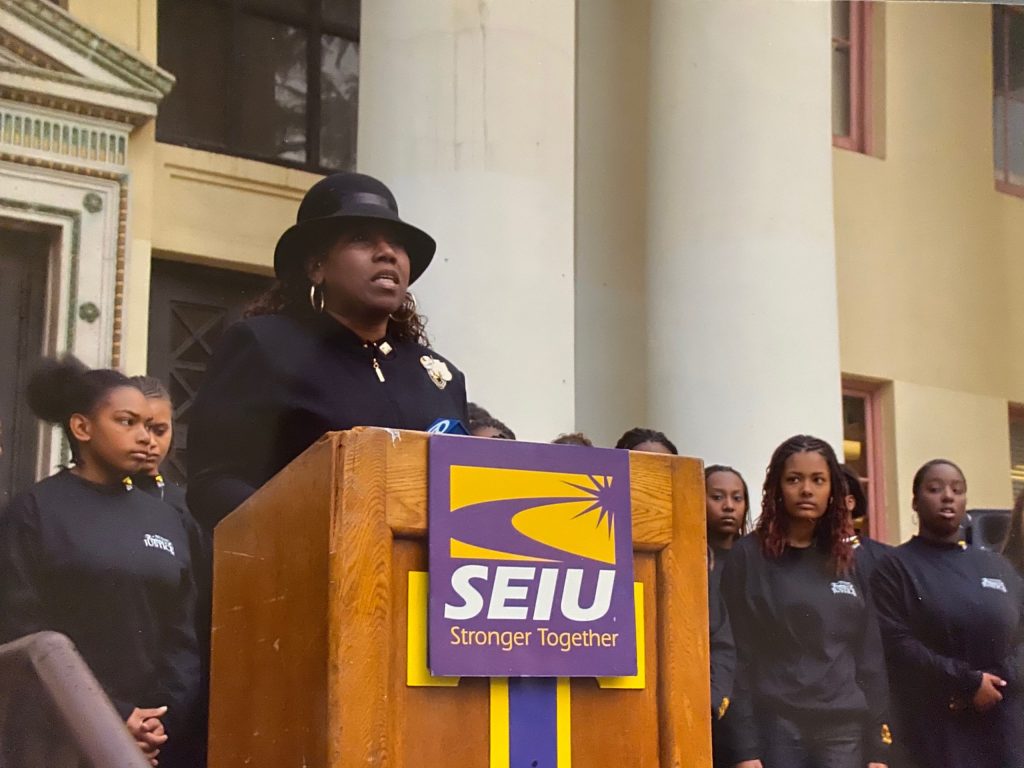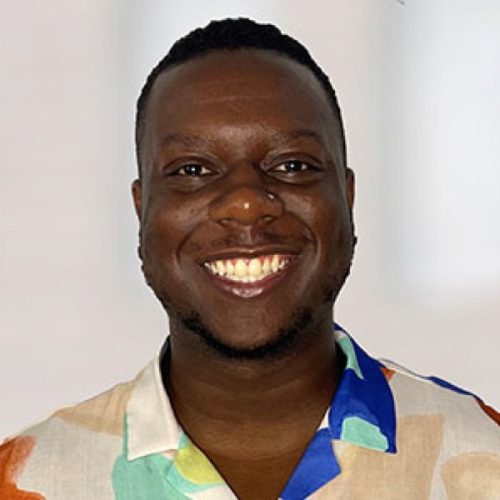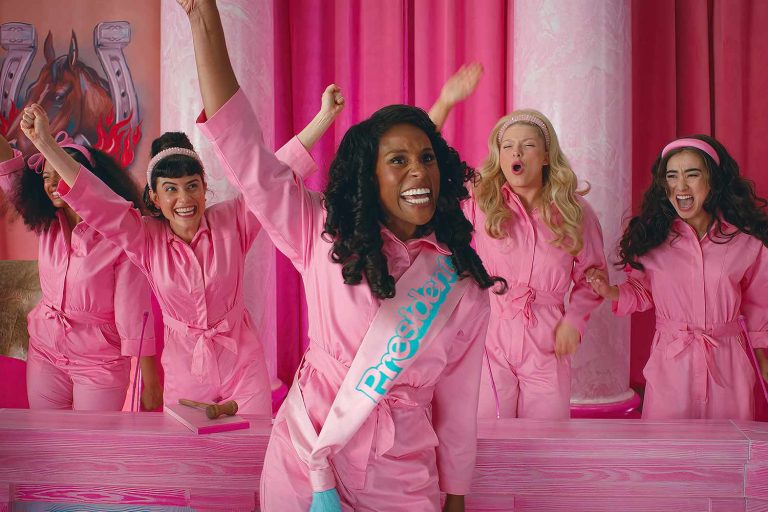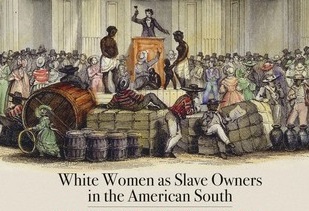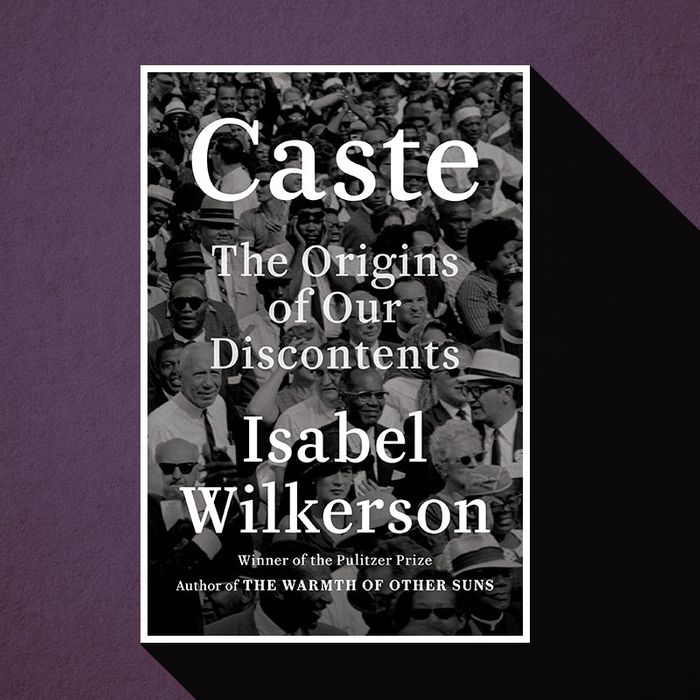The 19th Amendment Centennial coincides with the 100th Anniversary of the Service Employees International Union (SEIU), hailed as the nation’s largest and fastest growing union. Patricia A. Ford rose from struggling single mom in California’s Alameda County to president of her local union and eventually executive vice president of the international union (1996 to 2004). Ford, the first Black person to hold that position, was one of the highest ranking Black women in organized labor. Here she explores the sometimes obvious and usually unspoken challenges confronting Black women in organized labor.
___________________________________
As far back as I can remember, my father drummed into us that you never cross a picket line. And without sloganeering, his battle cry was “Union Yes!”
That set the stage for my job as a 20-year-old clerk with Alameda County Hospital. Our wages were so low, we could qualify for the publicly-funded Medi-Cal health insurance. It was evident that our standard of living could only be improved by creating a union.
Although the clerical association didn’t have bargaining power, some of the workers at the county hospital — janitors, nursing assistants and social workers – belonged to SEIU and they were also members of our association. Hence, began our organizing that culminated in 1973 with the birth of SEIU Local 616.
I worked my way through the ranks; first as a shop steward, then an executive board member, vice president and finally president. At the same time, SEIU was gaining power through organizing the county workers across the board.
We made a lot of landmark strides, some without credit or attribution. More than 30 years ago, we were talking about pay equity. We convinced management to make a 7-year commitment to make up the difference in pay; for every dollar negotiated for SEIU members, an additional 35 cents would address pay gaps. This resulted in 3 to 4 percent increases in wages. We also won recognition for domestic partners, among the first unions regionally and nationally to do so.
These days it’s really difficult for a Black labor leader – male or female – to gain national traction. In my case, moving from local president to international executive was about timing. Then SEIU President John Sweeney left office mid-term to lead the AFL-CIO. The battle over the presidency was settled with a compromise, delivering Andy Stern to the helm. With him came a reorganization of the executive team which included slots for three executive vice presidents.
The membership base that propelled me forward was strong in those days. Regional bodies, with bottom-up power-created people like me. They issued the demand. They had the votes. That gave me the opportunity.
Today, under the current top-down structure, it would be difficult for a rank and file leader – Black, woman or other – to ascend to executive office. The vehicles that opened the executive vice presidency to me aren’t there. Joint councils, regional conferences and a number of other organizing bodies have been eliminated.
On one hand, there was a lot of celebration because members were excited that I landed in the historic position as the first Black leader – male or female. On the other hand, you are removed from your base. And if you’re the only one in the room who looks like me, without a base you’re coopted or erased.
Any worthy celebration of a “first” achievement must be less about the individual and more about those on whose shoulders she stands. The history books attempted to erase the contributions of Black Women who picked up the baton and continued the 20thCentury civil rights workers movement.
One such unsung warrior is Ophelia McFadden. In 1999, she delivered the largest organizing victory the U.S. labor movement had experienced in 50 years when she amassed 74,000 Los Angeles home healthcare workers. When you hear about the monumental strides of home care workers, Ophelia McFadden is unnamed. Her vision and toil created what we see today.
Through mergers, trusteeships and internal politics, SEIU has erased the contributions of other gallant labor warriors like Arline Neal, former President of Local 82 (currently known as 32BJ). In the 1950’s she fought for the rights of immigrants and undocumented workers, though she herself was denied rights under Jim Crow.
Shirley Ware, fearless labor leader, was a voice for patients and workers’ rights. She was arrested more than 20 times, became the first African American hired by Local 250, currently known as United Healthcare Workers West (UHW), and in 1988 became the first woman and African American to be elected Secretary-Treasurer of UHW Local 250.
Gloria Marigny, first African American woman to be elected Secretary-Treasurer of Local 399 (now UHW) began her career as a Nurse’s Aide. When SEIU Local 399 launched an organizing campaign, Gloria was one of the first to sign a membership card. From there she became a local union organizer, a business agent, and an assistant to the director of the hospital division. In the early 1970s she was one of the first African American women to be elected to the SEIU International Executive Board.
Beyond their visionary greatness, the common denominator is that all of their local might and mass support was swallowed in mergers. The act of subsuming one local into another is rarely empowering. It rewrites history and erases the contributions of people who were essential to the very success that the International claims as its own.
I am proud to be a “founding sister” of Suffrage Unerased which spotlights a theme that knows no boundaries. Erasures of Black women touch every sector, movement and moment of American history – from the abolitionist movement of the 19th Century, to the civil rights movement of the 1950s and 1960s, from the race to the moon (witness NASA’s Hidden Figures), to the private sector.
Saying their names and telling their story celebrates women’s suffrage.

